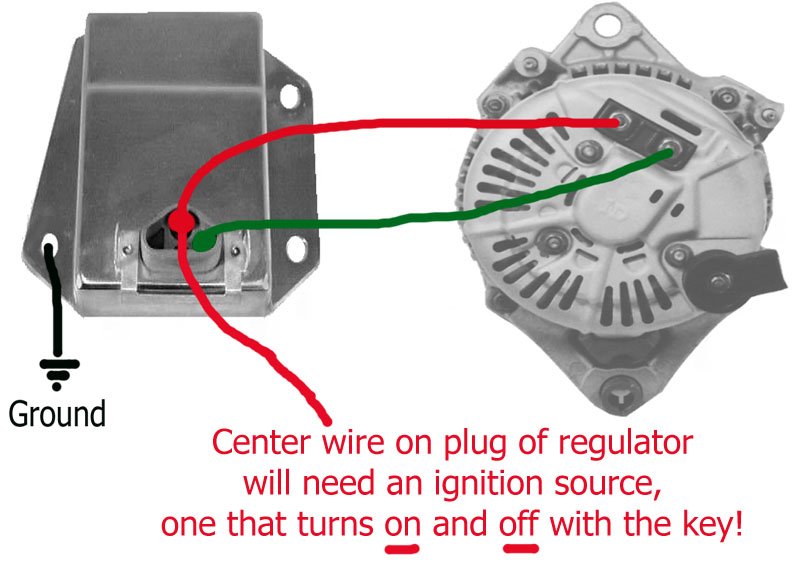FellowTraveler
Well-Known Member
We are talking Denso here and rotor draw dictates what regulator to use.Are these problems only related to the denso alternator?
"Regulator ground is a toss of the coin" however; a clean ground from it to the Denso case is suggested.
I sandpaper or wire brush all alt brackets and case where fasteners go and use OXY guard or other grounding paste to insure longevity of the connections to include engine chassis and body panel grounds. "your fender maybe grounded however; what are the grounds condition corroded rusted? if so clean them or go new.
If you are considering a rebuilt alt why not go to a 200 amp single wire Denso that is just bolt on no regulator needed. Any other alternator will require a skillset or fabricator to make brackets to fit the application.

